For many people, a dog is part of the family – a companion and protector, always ready to play a game, or to keep its owners safe at night.
Dogs play an important role in the lives of many humans, not only as pets, but also as working dogs, helping to solve crimes, acting as our eyes if we can’t see, or rounding up sheep on a farm.
Dogs are known as "man's best friend" and there’s a good reason for this; dogs improve our lives in many different ways!
On this page we’ll discover some amazing facts about dogs for kids (and adults!)
Dog Facts For Kids (And Adults!) Index
- What Type Of Animal Is A Dog?
- The Dog Family
- Dog Words
- The Domestic Dog
- Dog Breeds
- Dog Selective Breeding Explained
- Working Dogs
- What Do Dogs Eat?
- Dogs Are Wolves (Kind Of)
- Dog Intelligence
- Why Do Dogs Spin Around Before They Sleep?
- Dog Senses
- Facts About Dogs For Kids
- Dog Activities
- Discover More About Dogs with Active Wild
What Type Of Animal Is A Dog?
A dog is a mammal.
Just like all mammals, dogs have hair, breathe air with lungs, are warm-blooded, give birth to babies (they don’t lay eggs!) and female dogs produce milk to feed their babies.
Can you think of any other mammals? Here’s a clue: take a look in a mirror!
- You can find out more about mammals on this page: Mammal Facts
The Dog Family
Dogs belong to a family of mammals called Canidae.
Canidae is also known as the dog family. Other members of Canidae include foxes and jackals.
There are over thirty species in the dog family. When zoologists talk about “dogs” they could be referring to any of the animals in the dog family – not just the dogs we keep as pets.
- Want to find out more about the dog family? You can see a list of EVERY dog species on this page: Dog Species List with Pictures & Facts
Dog Words
Male dogs are known as dogs, females are known as bitches and young dogs are called puppies, or “pups”.
Female dogs often give birth to several puppies one after another. Together, the puppies are known as a “litter”.
The Domestic Dog
The dogs that we keep as pets are known as domestic dogs.
A domestic animal is an animal that can live with humans. Many domestic animals are kept as pets: for example, cats and guinea pigs.
Domestic animals aren’t just pets: cows, sheep, camels and horses are all examples of domestic animals. All have been raised to live alongside humans and improve our lives in some way.
Dogs were first domesticated over 15,000 years ago. They were the first animals to become domesticated.
Dog Breeds
Think about the dogs you might see at your local park. They don’t all look the same!
There are big dogs, small dogs, dogs with long shaggy fur, dogs with short shiny fur, long-legged dogs and short, squat dogs.
Dogs can be very different to one another.
For example, a chihuahua – one of the world’s smallest dogs – weighs around 6lb / 2.7 kg, while a great Dane – one of the world’s largest dogs – weighs around 120 lb. / 54.4 kg.
The great Dane weighs twenty times more than the chihuahua!
Despite being many different shapes, sizes and colors, all dogs are the same species.
That's quite surprising, because usually the individuals of a species look (mostly) the same.
Think of a tiger, for example. Although there are differences in tigers depending on where they live in the world, they’re all pretty much the same; there aren’t adult tigers that are twenty times the weight of other adult tigers!
- You can find out more about tigers on this page: Tiger Facts
The different types of dogs are known as breeds. A dog that isn’t a particular type is known as a mixed-breed, or mongrel.
There are around 450 different dog breeds. Each has its own special characteristics.
Dog Selective Breeding Explained
Dogs are the world’s most diverse land mammals; no other species comes in as many different shapes and sizes!
Have you ever wondered why some dog breeds are so different to others?
It’s because, over thousands of years, dogs have been selected by humans to do particular jobs.
Big, powerful dogs make good guard dogs, intelligent, fast dogs are good at rounding up sheep, small, nimble dogs are good at catching rats.
Because a puppy is likely to inherit the characteristics of its parents, humans make sure only dogs with suitable characteristics for a particular job have puppies.
Over thousands of years dogs bred for particular jobs become more and more different to other dogs.
This is known as selective breeding. It explains why one dog breed (for example a great Dane) can be completely different to another (for example a Chihuahua) … yet both are the same species!
Working Dogs
Not all dogs are pets. Working dogs are dogs kept by humans to do particular jobs.
Some dogs work for the police. Police dogs are big, powerful, intelligent dogs that can catch criminals and control crowds.
Examples of police dog breeds include the German shepherd and Belgian Malinois.
Dogs have a good sense of smell which makes them great at sniffing out things that humans can’t smell. They are often used by the police to find illegal drugs and bombs.
Some dogs can even sniff out diseases in the human body!
Dog breeds used as sniffer dogs include beagle, English springer spaniel and golden retriever.
Dogs trained to use their sense of smell are known as detection dogs or sniffer dogs.
Guide dogs are dogs that have been trained to help blind people live normal lives. You may have seen a guide dog out and about, helping its owner to get around – guide dogs often wear yellow coats.
Dog breeds such as golden retrievers, Labradors and German shepherds are commonly used as guide dogs.
- You can find out more about guide dogs on the Guide Dogs For The Blind website.
In Arctic regions, sled dogs are used to pull sleds over the snow. Breeds used as sled dogs are the husky and Alaskan Malamute.
What Do Dogs Eat?
Dogs are omnivores. (An omnivore is an animal that eats both meat and plants.) Dogs eat a variety of foods, including meat, vegetables and grains.
Pet dogs are usually fed dog food which is specially designed for all of their needs.
Dogs Are Wolves (Kind Of)
The very first domestic dogs were wolves that were tamed by humans.
Over thousands of years the descendants of those wolves became less like wild wolves and more like the domestic dogs of today… but they’re still the same species!
That’s right! Most zoologists (scientists who study animals) consider the domestic dog and the gray wolf to be the same species!
The scientific name of both the domestic dog and the gray wolf is Canis lupus.
The domestic dog is a subspecies, or type, of gray wolf. To show this, zoologists add an extra word to the end of its scientific name: Canis lupus familiaris.
Not all zoologists consider the domestic dog and gray wolf to be the same species. Some think that domestic dogs are so different to their wild ancestors that they should be considered a separate species, with the scientific name: Canis familiaris.
- You can find out more about the gray wolf on this page: Gray Wolf Facts
Wild At Heart
Even today, dogs still have many of the instincts of their wild ancestors.
Just like wolves, dogs are highly social pack animals. It’s just that today, a dog’s “pack” is the humans that it lives with!
Being pack animals, dogs are good communicators. They use a wide range of facial expressions and body language to tell you how they are feeling.
If a dog is happy or excited it will wag its tail. If it is scared it will put its tail between its legs and whimper. An angry dog will bare its teeth and snarl.
Dogs also communicate with one another using scent. A dog has two scent-producing glands (known as anal glands) under its tail. This is why dogs sniff one another in that region when they meet – it’s their way of saying “How do you do?”.
Dog Intelligence
Like most social animals, dogs are highly intelligent. Although not quite in the league of dolphins and primates, dogs are geniuses compared to many animals!
Social animals such as dogs have to be intelligent in order to work as a team to hunt and protect themselves from predators.
Dogs learn new things quickly and can be taught to sit, lie down, fetch items and go to the toilet outside. This is one of the main reasons that dogs make such good pets.
Scientists have found that the average dog is an intelligent as a 2 year old child. This is based on the number of words it can recognize: the average dog can learn 165 words!
Why Do Dogs Spin Around Before They Sleep (And Poop)?
Have you ever seen a dog circle before it lies down? Its wild ancestors used to do this to flatten the grass and make a perfectly-sized–and well-concealed–bed.
The action would also scare away snakes and other biting animals, which is why dogs also spin around before they poop!
Dog Senses
A dog’s wild ancestors would have relied on their senses to find food. There was no one around to open a can of dog food for them!
Dogs have excellent senses of smell and hearing. Their vision too is good; although they don’t see in quite as much detail as us, they can sense movement and changes of direction way better.
Dogs don’t see color like we do. Instead, they see in mainly grey, blue and yellow. Dogs are color blind when it comes to telling the difference between red and green.
Have you ever seen a dog’s eyes glow when illuminated in a beam of light at night? The glowing is caused by a part of the dog’s eye called the tapetum lucidum.
This reflective surface increases the amount of light captured by the dog’s eyes. This, and other adaptations, give dogs excellent night vision.
Sadly, human eyes don’t have a tapetum lucidum!
A dog’s sense of smell is over 100,000 times more sensitive than a human’s! This means that they can smell lots of things that we can’t. Dogs can follow a scent for miles. Their wet noses help them to absorb scents too.
Dogs also have much more sensitive hearing than humans. They can hear over 10 times better than a human and they can also hear sounds that are much higher in pitch.
Dogs have 18 muscles just for moving their ears! This helps them move their ears to hear sounds coming from a particular direction. A dog’s ears are also used in communication.
Facts About Dogs For Kids
- The average lifespan for a dog is 10-14 years.
- The most popular breed of pet dog is the Labrador.
- The smallest breed of dog is the Chihuahua. It measures just 6-9 inches tall and weighs 3-6 pounds.
- Small dogs are often called ‘toy’ dogs.
- The largest breed of dog is the Great Dane. The average Great Dane is around 40 inches (100 cm) tall and weighs 120 pounds (54 kilograms). Standing on its back legs a great Dane can reach over 7 feet, which is taller than most humans!
- Adult dogs have 42 teeth.
- Dogs can see in the dark much better than humans can.
- On average, a dog can run around 19 miles an hour.
- Puppies are born with their eyes sealed shut. They don’t open for 3 weeks.
- The most intelligent breeds of dog are Border Collies, Poodles, German Shepherds, Golden Retrievers and Dobermans.
- A dog’s nose print is as unique as a human finger print.
- Some dogs, such as Dalmatians and Airedale Terriers are born one color. As they get older, their colors change.
- It is estimated that there are around 400 million dogs in the world!
Dog Activities
If you have a pet dog, spend a day tracking its activities and write it in a diary. What does it do? How does it behave? Does it show any wolf-like behavior?
Choose your favorite breed of dog and draw a picture of it. Add its special characteristics such as colors and patterns.
Visit a local dog home, such as Battersea Dogs Home in London and learn more about the different breeds of dog.
Volunteer at a pet rescue center, such as New York Pet Rescue.
Dog Facts: Discover More With Active Wild
We hope that you've enjoyed learning about dogs. You can find more information on the dog family on the following pages:
- Fun Facts On Dogs: Discover Interesting Facts About Domestic & Wild Dogs
- Wild Dog Species List: All Types Of Wild Dogs, With Pictures & Information
- Gray Wolf Facts, Pictures & Information. Discover One Of The World’s Best-Known Predators
- Swift Fox Facts, Pictures & Information: Discover A Wild Dog Species Native To The Great Plains of North America
- Dhole Facts, Pictures & Information. Discover one of the most highly-endangered members of the dog family…
- Black-Backed Jackal Facts, Pictures, Video & Information. Discover This Intelligent And Adaptable African Wild Dog Species
- African Wild Dog Facts
- Gray Fox Facts. Discover A Common (But Elusive) Nocturnal American Canid


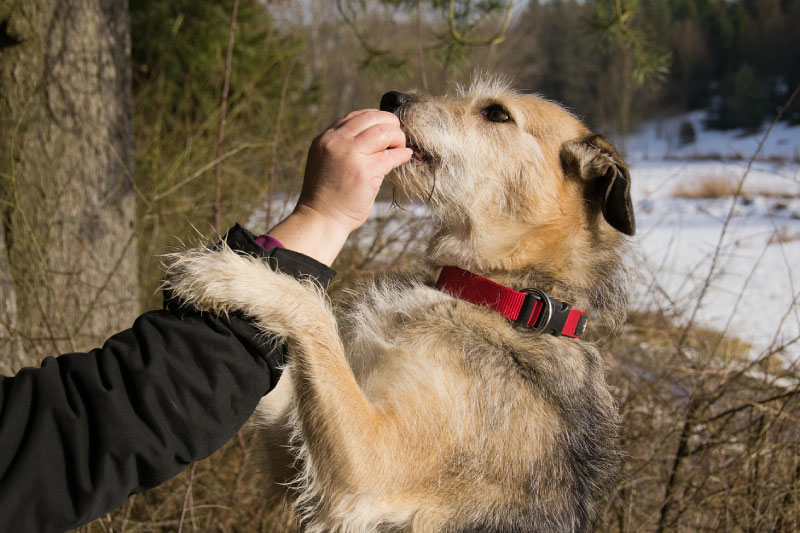
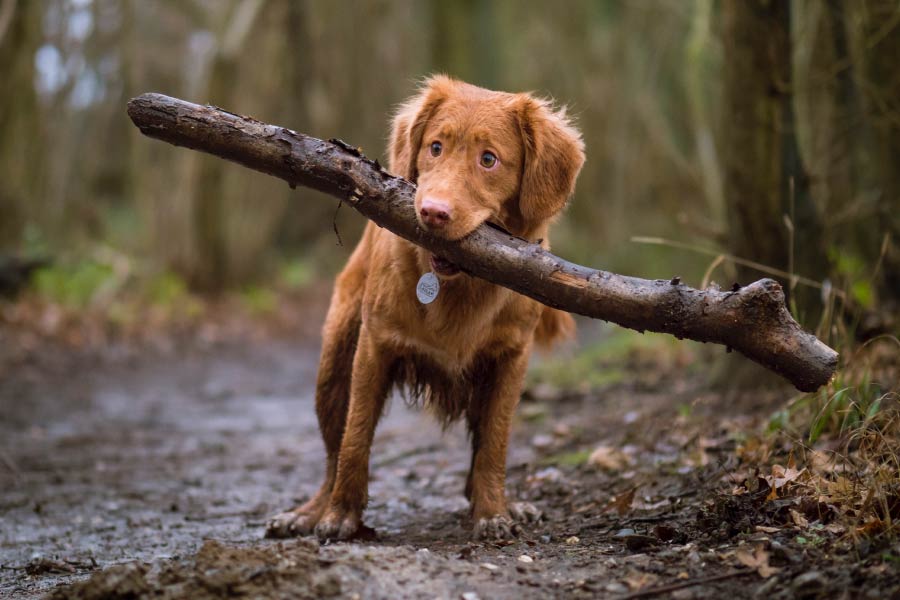
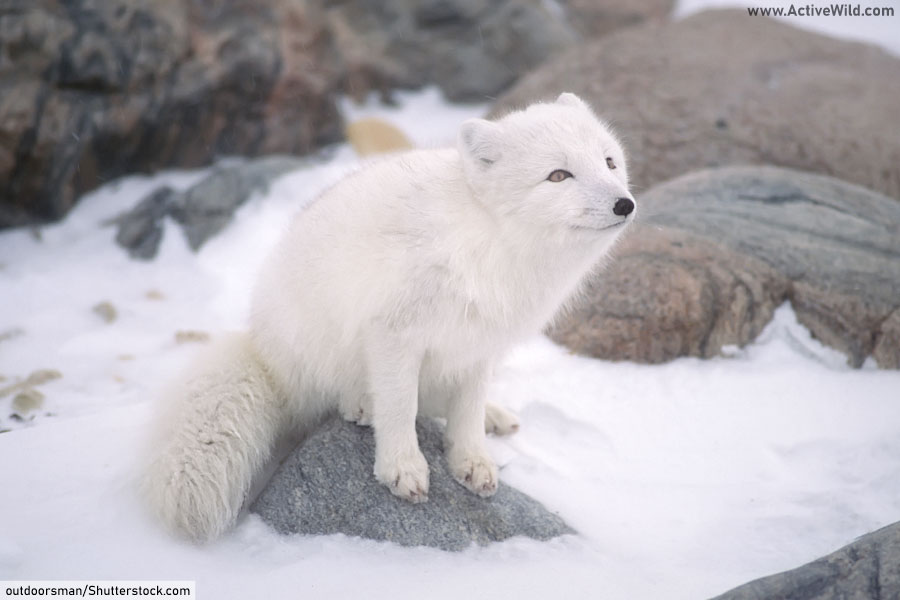
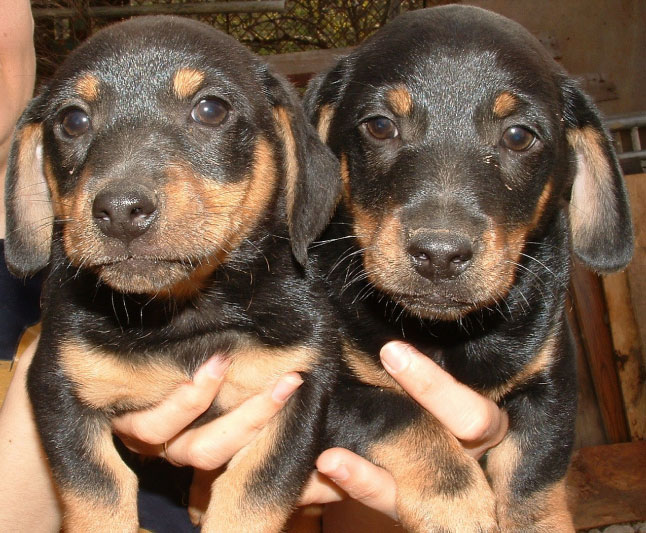

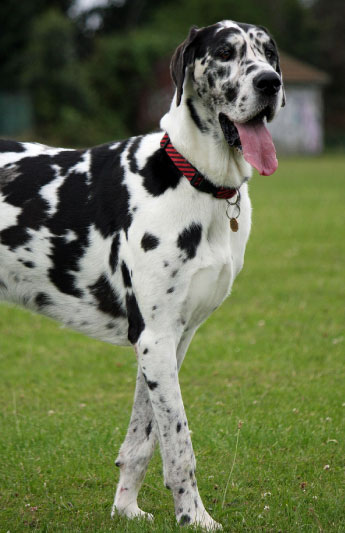
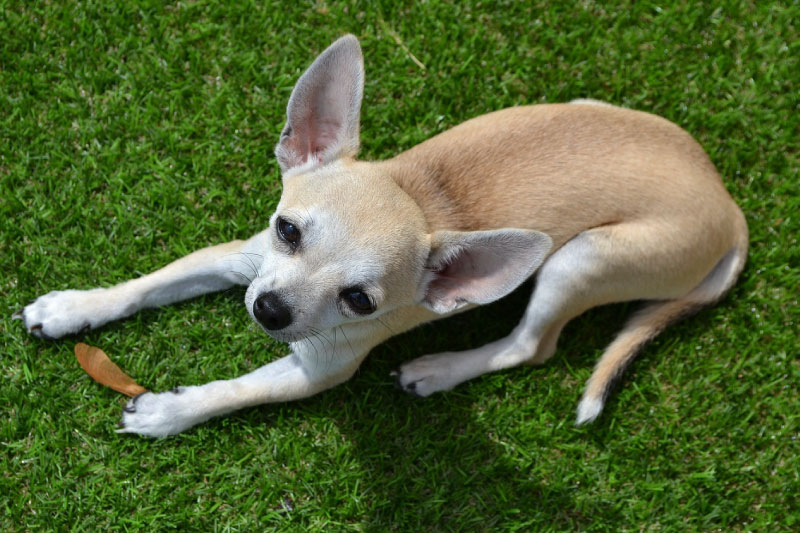
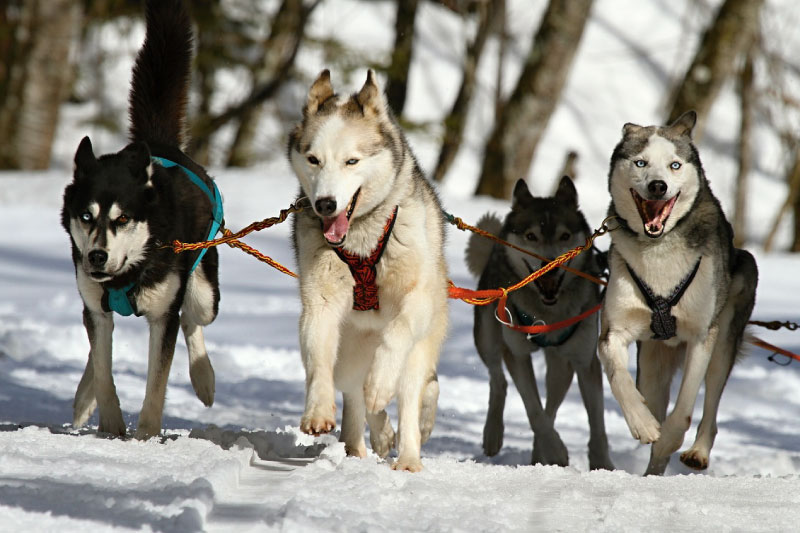
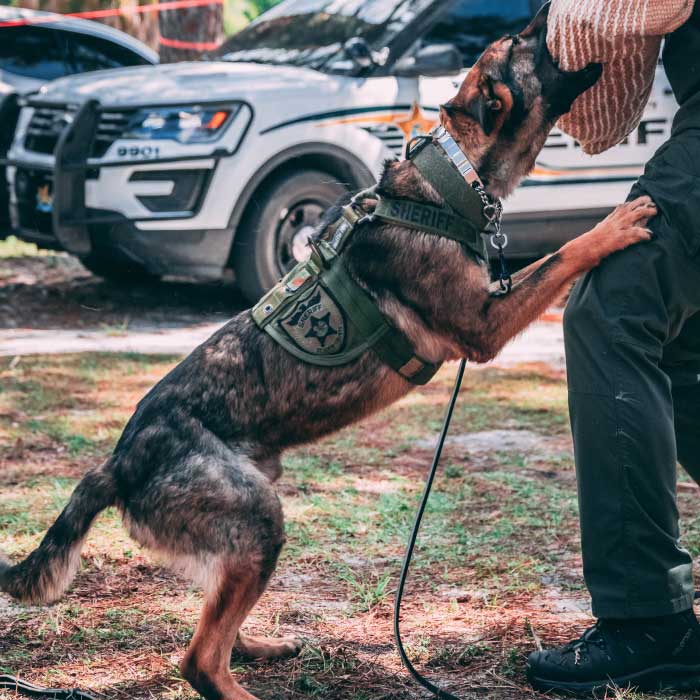

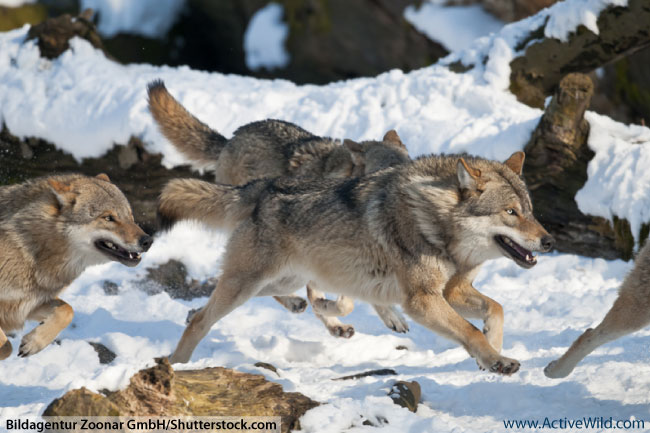
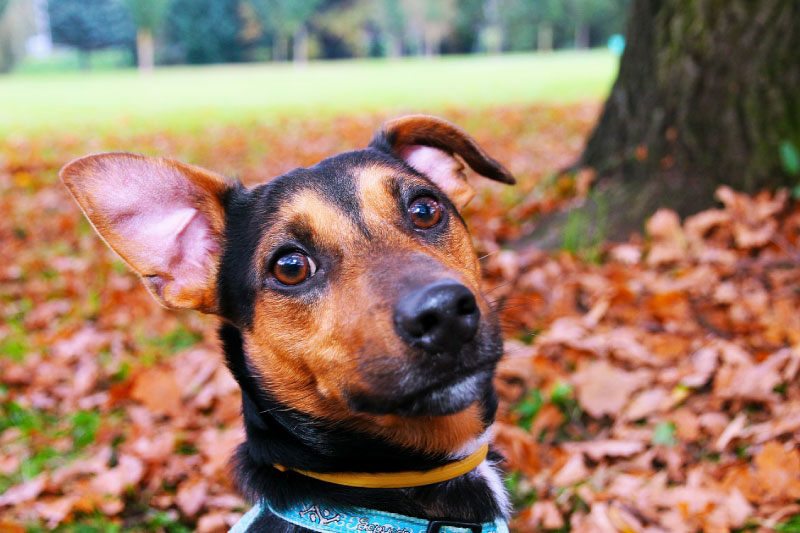

I wish there was more information on Carolina Dogs! Wild dog breed found by Dr. Brisbane in the 1970’s in the southeast US.
Hi Mary,
Thank you for your comment. Yes, the Carolina dog is a fascinating breed, thought to be related to early domesticated dogs.
We’ll try to feature it in the future!
Regards,
The Active Wild Team
this so cool